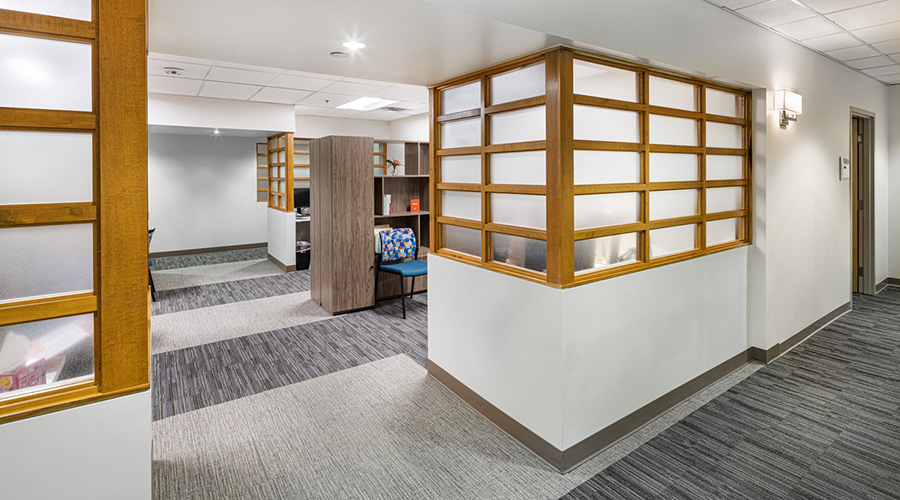Newborn nurseries became fixtures of American hospitals in the early twentieth century, during the transition from home to hospital births and these nurseries generally came with large viewing windows, according to an article on the Smithsonian website.
The window allow relatives to see the infants, while serving as a barrier to prevent contact.
The 1943 edition of Standards and Recommendations for Hospital Care of Newborn Infants, first published as a collaboration between the American Academy of Pediatrics and The Children’s Bureau, prescribed that “A viewing window should be provided between each nursery and the nurses’ station, and one between each nursery and the corridor so that relatives may see the infants without coming in contact with them.”
But if windows served mainly as antibacterial barriers, the hospitals would have had no reason to install them in the first place; standard windowless walls surrounding nurseries would have been less trouble to build, according to the article.

 Joint Commission Standards: What Updates Matter Most?
Joint Commission Standards: What Updates Matter Most? Swinerton Completes Construction at Atlanta's Grady Hospital
Swinerton Completes Construction at Atlanta's Grady Hospital NY Governor Hochul Announces $300M in Funds for IT and Cybersecurity
NY Governor Hochul Announces $300M in Funds for IT and Cybersecurity Healthcare Is the New Retail
Healthcare Is the New Retail Bridgeway Behavioral Health Services Launches Campaign to Renovate Health Center
Bridgeway Behavioral Health Services Launches Campaign to Renovate Health Center